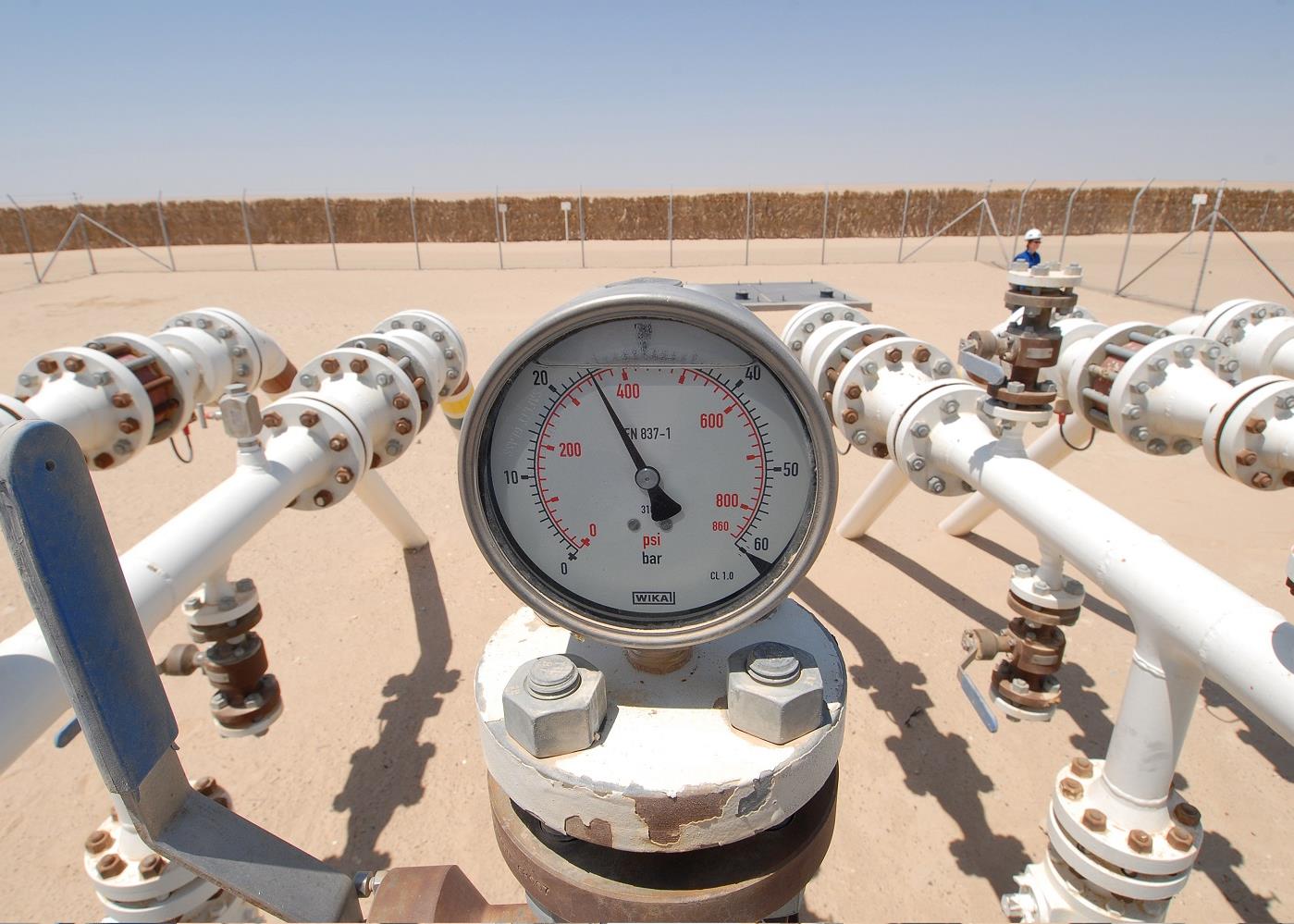
A new mood of optimism can be detected in the offices of Kuwait Foreign Petroleum Exploration Company (Kufpec). Long derided in the local press for its failure to post any profits, the company is now in the black and bullish about its future prospects.
'We are making good money after years of struggle.' says Chairman Mahmoud alRahmani. 'A positive profit cycle began in 1994.' In 1994, Kufpec could begin the long process of writing off its past losses after posting a net profit of KD 2 million. 'Each year we will reduce our accumulated losses. In four years time we should wipe them all out,' Al-Rahmani predicts. This may be wishful thinking. At the end of 1994, Kufpec's accumulated losses stood at almost KD 95 million ($317 million).
The Kuwaiti oil industry's overseas activities are best known in the downstream sector through the efforts of Kuwait Petroleum Company to expand its global refining presence. But in the upstream sector, Kufpec also has a wide global reach The company is involved in exploration and development of oil and gas reserves in Australia and throughout Africa, Asia and the Middle East. At the start of 1995, its oil and gas portfolio comprised six fields in the production phase, three in the development phase and three in the appraisal phase. The company also had 11 exploration permits.
The current optimism at Kufpec has been inspired by its success in the Far East. The company has a 14.7 per cent stake in the $1,200 million Yacheng gas project which went on stream in January this year. The project involves the pumping of liquefied natural gas (LNG) from the field, which has estimated reserves of 3 million million cubic feet, to China's Hainan Island and Hong Kong. Kufpec's partners are the China National Offshore Company, which has a 51 per cent stake, and the US' Arco.
Gas player
The field's reserves were discovered back in 1984. 'Being gas, we had to find a market before we could start development,' says Al-Rahmani. In 1992, a 20-year supply contract was secured with China Light & Power in Hong Kong and with the Chinese government. This enabled construction work to begin on a 780-kilometre pipeline from Yacheng to Hong Kong and a 98-kilometre pipeline to Hainan Island. Production began in October 1995 and the pipelines were officially opened in January. The company is looking forward to the positive impact the revenues will have on its bal ance sheet in 1996.
Another notable success has been Kufpec's operation in Tunisia. In 1984, it was granted two licences for onshore acreages in the Kairouan region in the northeast of the country. In April 1989, the company announced a discovery on the Kairouan Nord bloc. Discovery well Sidi elKilani 1 yielded test flows of about 2,930 b/d. Kufpec soon began extensive exploration efforts with the aim of increasing production at Sidi el-Kilani to 15,000-20,000 b/d.
That goal has been reached and by the start of 1995 production was 15,000 b/d. The field generated $28.6 million of revenue for Kufpec in 1994. The field's capacity is actually 18,000 b/d and production is expected to reach that level once the installation and commissioning of the permanent oil/gas separation plant is complete. 'We discovered and now operate Sidi elKilani. We are very proud of it,' says Al-Rahmani.
Kufpec's strategy is one of consolidation rather than expansion. 'We are not expanding,' says Al-Rahmani. 'Since the invasion we have concentrated on our existing acreages.' This patience seems to have started paying dividends. Adds Al-Rahmani: 'Despite the drop in oil prices we are a profitable company. We must be doing something right.'
You might also like...

Algeria signs oil deal with Swedish company
19 April 2024

Masdar and Etihad plan pumped hydro project
19 April 2024

Ewec signs Ajban solar PV contract
19 April 2024

Contractor orders compressors for onshore project
18 April 2024
A MEED Subscription...
Subscribe or upgrade your current MEED.com package to support your strategic planning with the MENA region’s best source of business information. Proceed to our online shop below to find out more about the features in each package.








